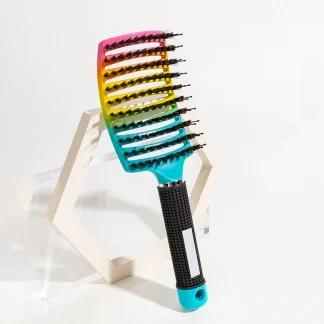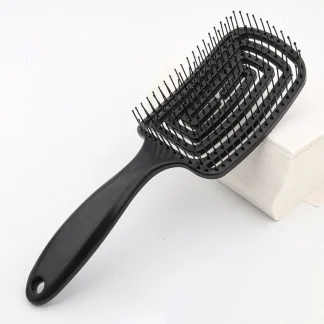Grooming Aids for Compact Coiffures: Precision, Power, and Personal Expression
The hair brush for short hair, though compact in size and subtle in appearance, plays a role as profound and storied as any in the world of personal grooming. While long tresses often capture attention for their dramatic flow and symbolism, cropped styles have consistently stood for empowerment, reinvention, and rebellion. The stylers designed for shorter locks reflect this dynamism—they are tools of control, sculptors of texture, and vessels of expression. To groom close-cut coiffures is to participate in a lineage of deliberate style, cultural assertion, and intimate care.
Historical Beginnings: Abbreviated Styles as Transformation
The relationship between cropped coiffures and specialized grooming dates back to ancient times. In early Egypt, shaved and close-cut locks were practical under the sun and symbolized cleanliness and rank. Shorter styles required precise maintenance, often with combs and primitive implements made from bone and natural fibers. Grooming was not just about aesthetics; it was essential to uphold hygiene and status.
In ancient Rome, soldiers and statesmen wore their manes bobbed to signify order and discipline. Styling aids made from horsehair or tightly bound plant fibers were used to maintain the polished military aesthetic. The act of grooming close-cut tresses reinforced identity—Roman masculinity, Spartan readiness, or elite refinement.
Implements and Barbering: The Middle Ages to the Enlightenment
Through the medieval period, shortened locks remained common among men in religious orders and among lower classes for its practicality. Grooming was primarily done with rudimentary tools—hand-carved wood, animal bristles, or woven reeds—but was nonetheless an important part of personal care. The styler, while less ornate than those used for extended tresses, still bore the responsibility of keeping compact coiffures tidy, especially as powdered wigs gained popularity and natural hair needed a smooth base for application. The hair brush for short hair was beginning to find its niche.
By the 18th century, barbershops flourished in Europe and the Americas, offering not just haircuts but styling, oiling, and grooming services tailored to briefer mane lengths. Barbers used dense-bristled implements to smooth and direct the strands, creating the foundations for pompadours, side-parts, and the emerging contours of male fashion. Tools for cropped cuts evolved to support shaping and sheen.
The Bob and the Revolution of Women’s Trimmed Tresses
It was not until the 1920s that short hair for women sparked a cultural transformation—and along with it, new Grooming tool designs. The bob haircut exploded onto the scene as a radical departure from traditional femininity. Spearheaded by cultural icons like Louise Brooks and Josephine Baker, this concise style necessitated new grooming aids: smaller, denser stylers capable of taming shorter layers, flipping ends under, and distributing shine.
Grooming abbreviated locks became symbolic—it was fast, efficient, and sharp, echoing the lifestyle of the modern woman. These new implements prioritized precision over volume, structure over softness. Bristles were more tightly packed, handles more angular. The hair brush for short hair transformed from a demure bedroom item into a bold statement of control and rebellion.
Mid-Century Grooming: Style Meets Function with Tools for Compact Manes
From the 1940s to the 1960s, hairstyles like the pixie cut, the bouffant, and the ducktail took center stage. Grooming short locks became an essential part of daily routines, not only to smooth or detangle, but to shape and sculpt. In this era, implement use was a prelude to hairspray and pomade, and the styler was chosen not for unraveling extended tresses, but for its ability to define the silhouette of a cropped cut.
Men's styles—ranging from crew cuts to pompadours—also leaned heavily on the use of grooming aids for compact manes. Barber brushes with firm bristles and ergonomic handles allowed users to apply pressure in specific directions, creating crisp lines and controlled textures. These tools became instruments of distinction, helping to achieve signature looks like Elvis Presley’s iconic wave or Audrey Hepburn’s chic fringe.
Cultural Identities and the Politics of Abbreviated Coiffures
In the 1960s and 70s, the hair brush for short hair became a quiet symbol in larger social revolutions. Trimmed styles were adopted across gender lines as a form of protest, liberation, and self-definition. Black communities embraced the Afro and close-cropped naturals—coiffures that required specific types of grooming to protect curl patterns and maintain scalp health. Specialized stylers with soft yet firm bristles were designed to preserve the integrity of coiled locks while keeping edges and texture crisp.
Punk culture in the late 70s and early 80s took compact manes to new extremes—buzz cuts, Mohawks, and shaved patterns became canvases for self-expression. Implements for these styles had to manage both utility and artistry. Whether applying dye, shaping a ridge, or spiking a section, tools for abbreviated tresses became charged with the energy of rebellion and reinvention.
Modern Stylers for Short Hair: Form Follows Function
Today, brushes designed for short hair continue to balance aesthetic needs with structural care. Unlike wide paddle stylers for long tresses, grooming aids for compact coiffures are typically smaller, oval or rectangular, with denser bristles and ergonomic grips. Their size allows for greater control and precision, which is crucial when styling cropped cuts, bangs, or textured fades.
Vent brushes offer quick detangling and volume for chin-length styles, while round implements with narrow barrels are used to create curves and lift in looks like the bob or pixie. Edge stylers and small detail tools play an important role in shaping baby hairs, fringes, and line-ups, often in combination with gels or edge control products. Some grooming aids even feature dual-sided heads for multi-purpose use—smoothing one side, shaping the other.
For men and women alike, these items also assist in maintaining scalp hygiene, redistributing natural oils, and stimulating follicles. The modern brush for short hair isn’t just about keeping locks in place—it’s about maintaining vitality at the root.
Styling Rituals and Personal Expression with Tools for Trimmed Locks
Grooming abbreviated tresses is often quicker than working with extended manes, but it is no less intimate. Each stroke shapes more than strands—it frames the face, expresses personality, and sets the tone for the day. For individuals with textured or curly compact coiffures, the right styler preserves pattern and prevents breakage. For those with straight or wavy cuts, a quality grooming aid for shorter locks smooths flyaways and adds polish without flattening.
Whether it’s used during a quiet morning ritual or in the chaos of a backstage dressing room, the implement becomes an extension of the individual’s style. It’s an unsung hero of red carpets, barber chairs, and bathroom counters alike. In a world that often associates mane length with femininity or tradition, caring for short hair remains a bold, refreshing act of authenticity.
Conclusion: A Small Implement with a Big Role
The hair brush for short hair may seem like a modest tool, but its legacy is anything but. It has shaped emperors and flappers, barbers and rebels, icons and individuals. It has followed the arc of history—from ancient empires to modern revolutions—and adapted with each shift in culture, technology, and fashion.
In every swipe of a styler for compact coiffures, there is precision, intention, and power. It is the grooming aid that sculpts personality and refines edge, the one that doesn’t need length to make an impact. Whether keeping a crop crisp, a bob bold, or a fade flawless, the right implement for abbreviated tresses honors not just strands—but the statement they make.
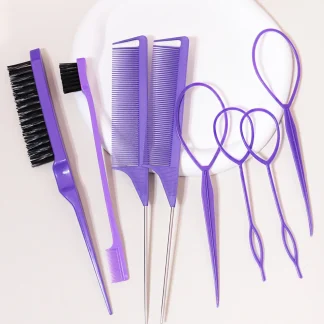
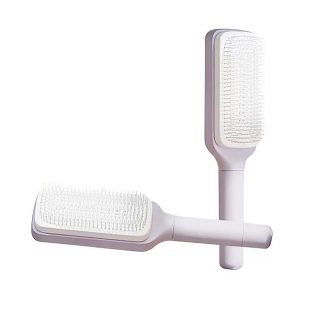
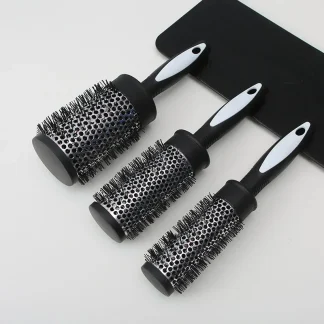
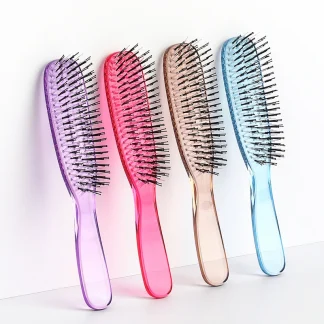
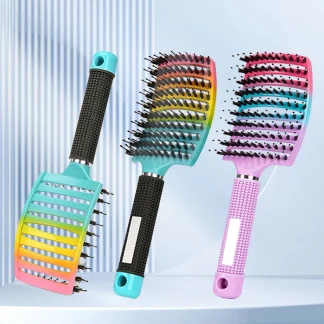
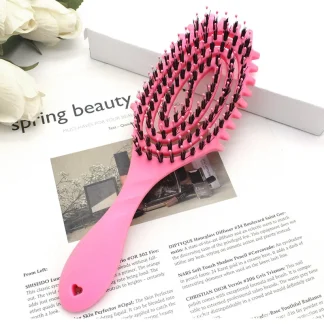
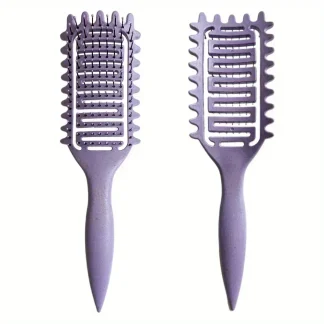
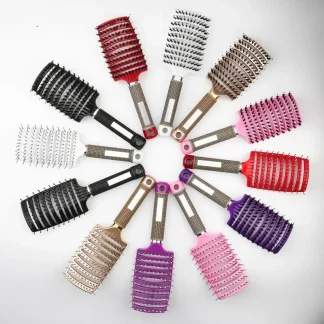 + 7
+ 7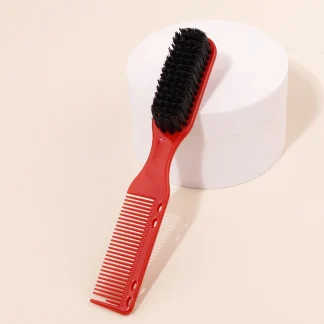
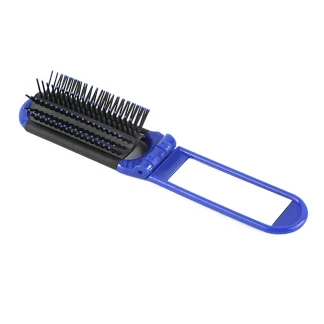
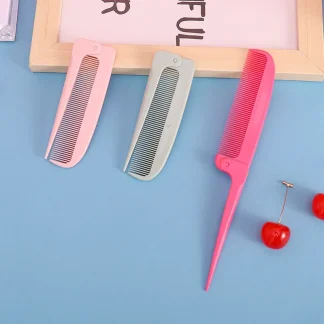 + 2
+ 2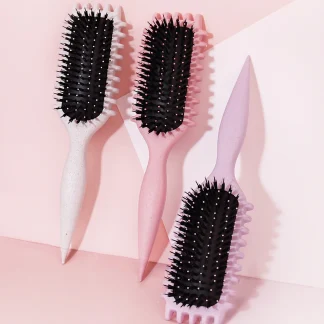
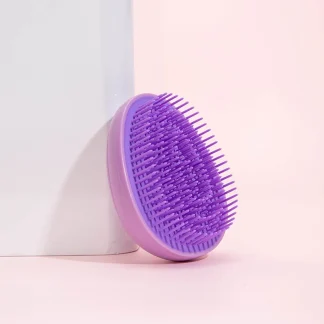
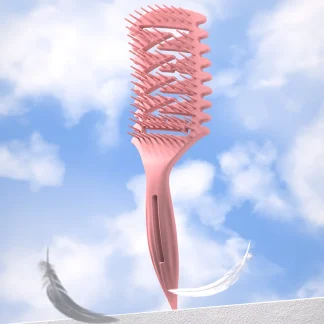

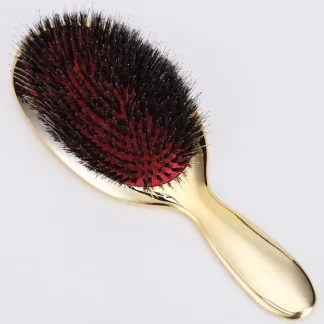
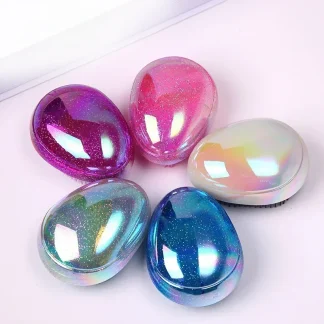
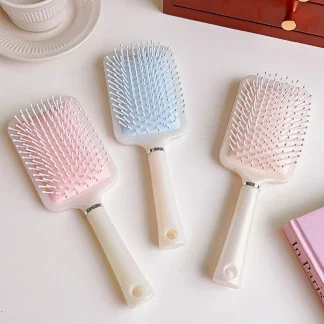 + 2
+ 2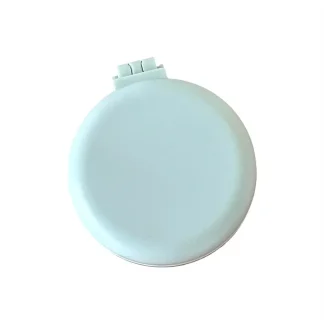 + 2
+ 2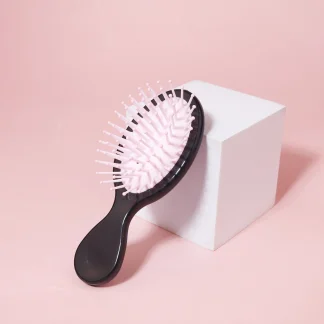
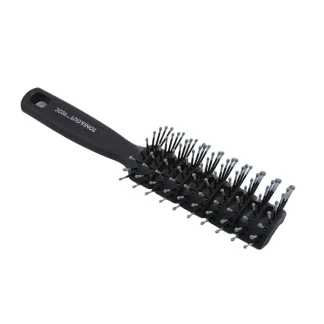
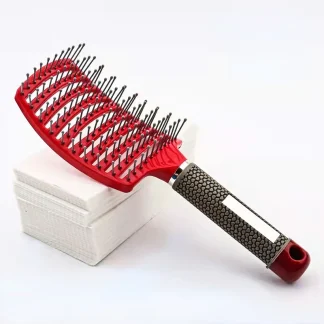
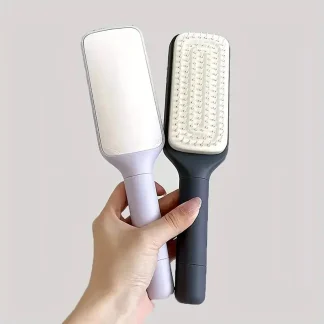
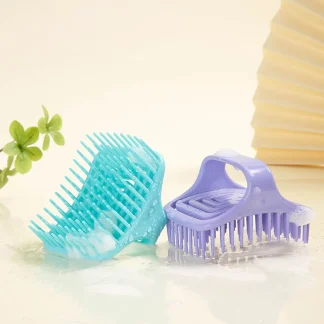
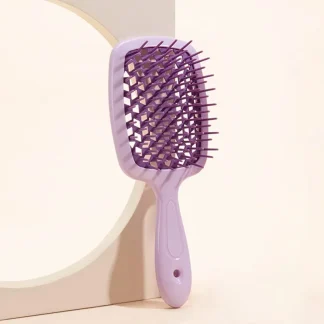 + 5
+ 5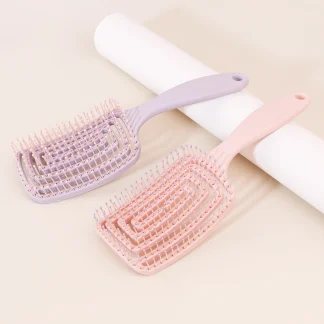
 + 6
+ 6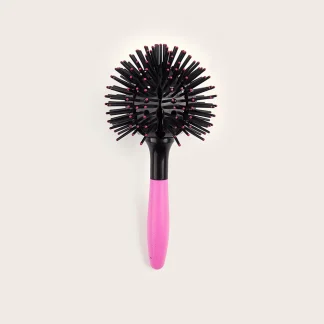
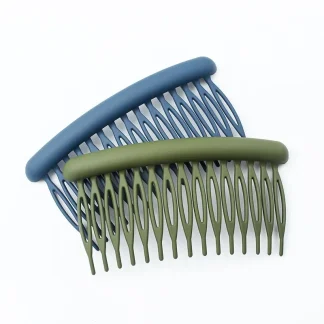 + 7
+ 7